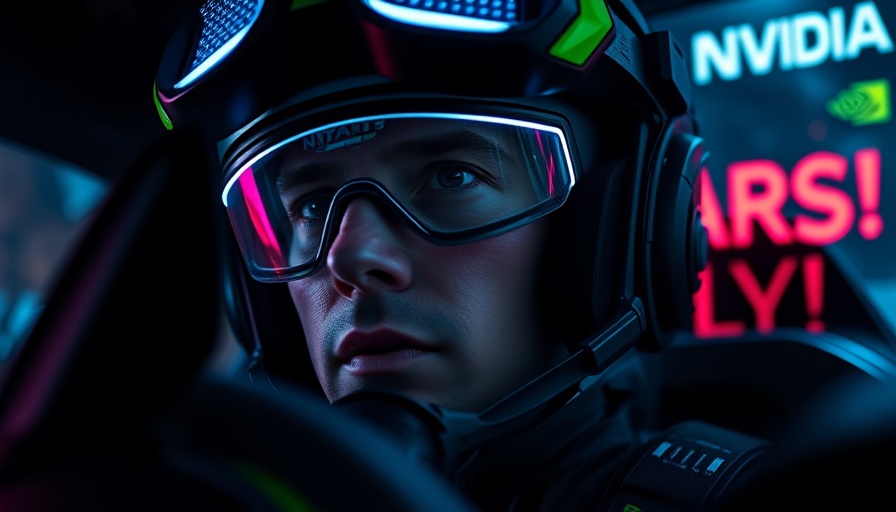
Revolutionizing the Future: How AI Can Make Cars Fly
In a fascinating dive into the capabilities of artificial intelligence, NVIDIA has unveiled groundbreaking technology that imagines a world where cars could fly. This innovative approach merges the realms of gaming and real-world application, allowing AI to take just one image and extrapolate it into a 3D world where objects not only interact but also exhibit realistic behaviors like water reflecting its surroundings.
In NVIDIA's New AI Makes Cars Fly...Sort Of!, the discussion dives into groundbreaking AI technology, exploring key insights that sparked deeper analysis on our end.
Through NVIDIA's Cosmos, self-driving cars can utilize simulated environments to train in diverse scenarios. These virtual experiences provide crucial data, enabling cars to learn how to navigate complex situations safely. The key benefit? By using AI to simulate experiences that might otherwise require extensive road testing, manufacturers can expedite the development of AI autonomous vehicles while minimizing risks.
Transformative Technology: The Power of AI
Imagine this: an AI that not only responds to video inputs but also can create hypothetical situations based on its understanding of physical laws. It takes a moment from a video, generates various “what if” scenarios, and creates immersive experiences that explore questions like, "What happens when I change lanes?" This capability is not just a technical marvel but reignites the excitement around safety and innovation in the auto industry.
This technology doesn’t stop at vehicles. As explained in NVIDIA's latest video, the AI can generate stunning graphics and realistic visualizations that illustrate light behavior, caustics, and transparency, mimicking details that previously took years for experts to program. This sharp increase in accessibility means that more creators can leverage AI for artistic and scientific endeavors alike.
The Impact of AI on Future Research and Development
As enticing as these revelations are, there are challenges. The AI learns to generate beautiful imagery but lacks a deep understanding of the subject matter. It can create realistic cityscapes without comprehending urban functionality. The distinction between generating content and understanding it is pivotal as the next generation of AI seeks to bridge this knowledge gap.
Such developments will not only redefine how we perceive AI but will also foster a new wave of inquiry into its ethical implications. As businesses incorporate AI into their operations, understanding these nuances will be crucial in shaping strategies that prioritize safety and nuanced intelligence.
Why This Matters to You Now
For business owners and educators, NVIDIA’s innovations herald a dramatic shift in the tools available for teaching and operational efficiency. What does it mean for students? AI could change the landscape of learning, making complex subjects more accessible through realism in simulations. Imagine virtual labs where science students could interact with digital environments that emulate real-world physics without ever leaving the classroom.
This democratization of technology fosters an environment where even those less experienced in tech can tap into AI's capabilities, encouraging widespread creativity across multiple sectors.
Join the Conversation about AI’s Potential
As we ponder over these AI advancements, it’s an incredible time to engage in dialogue about where this technology could lead us. Attending conferences like NVIDIA's GTC offers opportunities to connect with experts and explore the future of technology firsthand. Stay informed on the latest breakthroughs, share your thoughts, and consider how these innovations could impact your industry.
In a world where AI is rapidly evolving, the implications for business, education, and creativity are immense. Batman and flying cars may seem like science fiction, but with advancements such as these, the lines are continually blurring. Let's embrace the endless possibilities!
 Add Row
Add Row  Add
Add 




Write A Comment